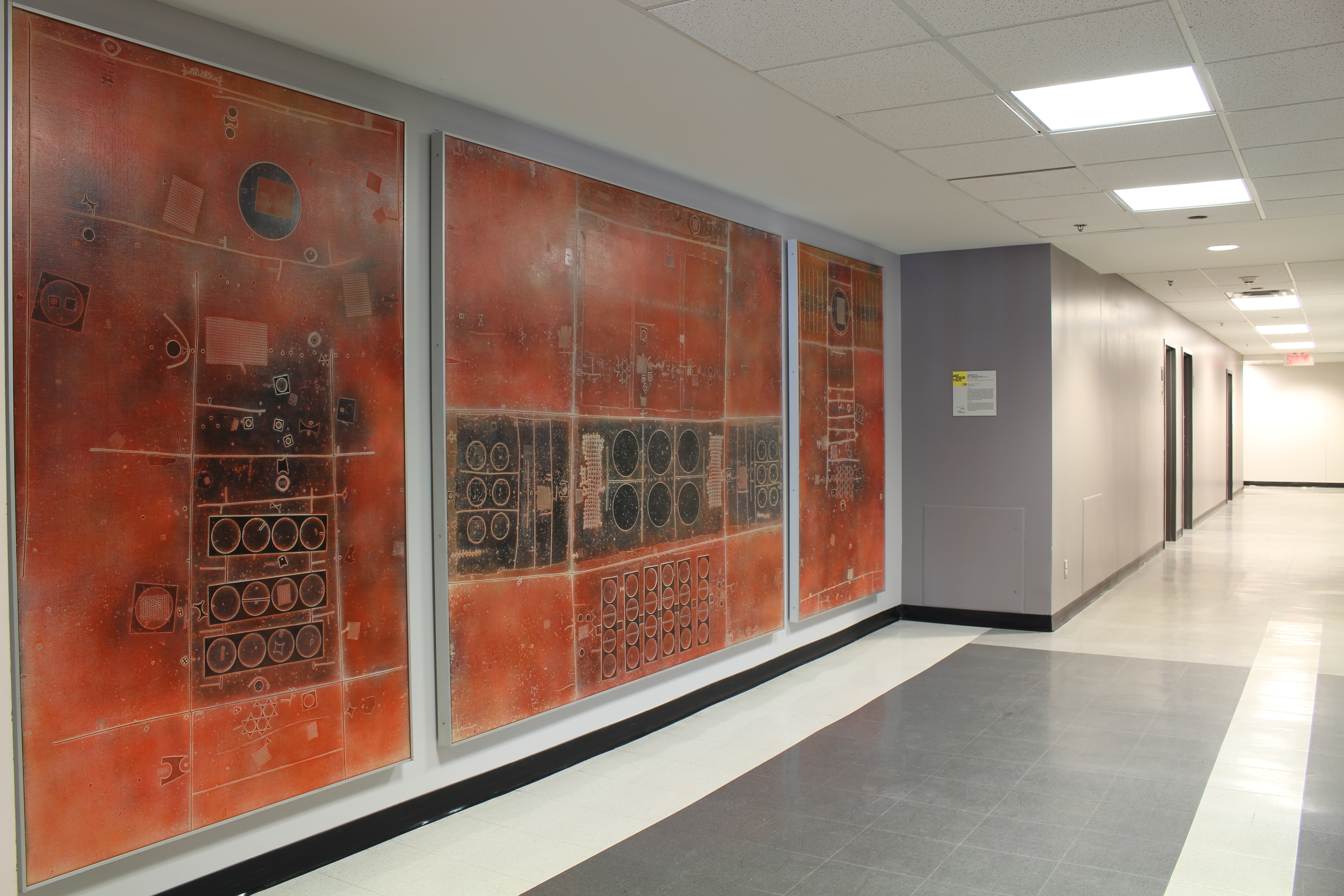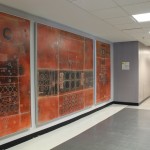

Jacques de Tonnancour hesitated between a career in science and the fine arts. He was not satisfied with the time he spent at the École des beaux-arts de Montréal. He furiously denounced academia and left after two years. Nonetheless, he continued to paint. He held his first solo exhibit in 1942 at the Dominion gallery in Montreal. After traveling to Brasil thanks to a government bursary, he ws hired a teacher at the École des beaux-arts de Montréal in 1948. During the same year year, he co-wrote Prisme d’yeux with Alfred Pellan, a manifesto that unified their opposition to the definition of avant-gardism in painting, arguing that it is too narrow. He was a resident artist at the UQAM in 1969, where he would teach until 1982. He then abandoned his artistic production to reinvigorate an old passion: collecting and photographing insects,
As he terrifyingly witnesses how Picasso becomes bound to his art, de Tonnancour painted very little from 1950 to 1955. He then returned to art by painting Laurentian landscapes. He can create many chromatic and formal variations with the use of a roller squeegee. His paintings would then get purer and purer. The painted backgrounds are then ready to host collages, accidents, symbolic allusions and geometric shapes.
Among his many distinctions, he earned a bursary from the Canadian Council for Arts and received the first prize at the Winnipeg show in 1958. In 1966, the Vancouver Art Gallery presented a retrospective exhibit of his work. De Tonnancour was named officer of the Order of Canada in 1979 and a member of the Order of Quebec in 1992.
De Tonnancour also created several pieces integrated to architecture. He painted the Université de Montréal campus in 1968 and created a part-painting par cut-up tryptich for the Dow planetarium in 1966.

Artwork description
Jacques de Tonnancour describles this piece as painting-collage. Several everyday materials were integrated without having their primary use dominate though. Nets, wrapping paper, metal grills were all used for their pictorial qualities. The artist then added graphic elements that structured the space. The vibrant colors hail from the application of about twenty layers of commercial oil paint. The painting as a whole demonstrates the ludic aspect of the artist’s creative work, of the important role he leaves for improvisation, as in jazz.
This mural is part of a series of five pieces ordered during the construction of the Jean-Brillant, Maximilien-Caron and Lionel-Groulx pavilions. It was originally installed facing the entrance, but was slightly moved when rearranging the area.
The period to which this piece belongs to is characterize by the collage of different elements, often small objects of everyday life (mosquito net, wires, tissues, boxes) in which pictorial elements float. The artist applied chance and accident in his work : a method he calls ”apparitionnelle” (”which appearance reveals”).

